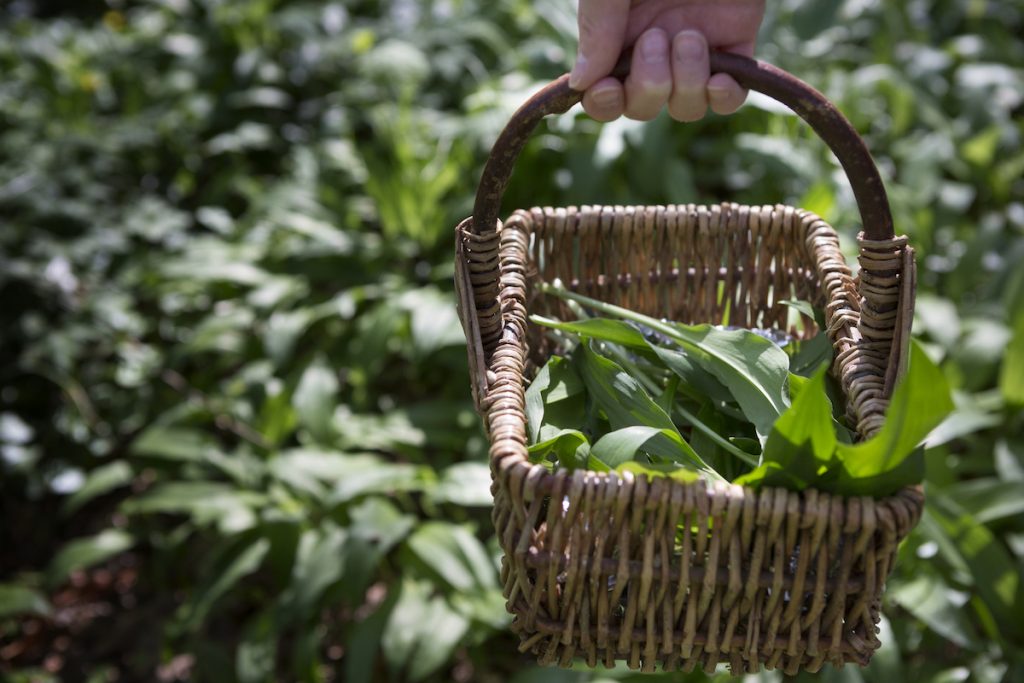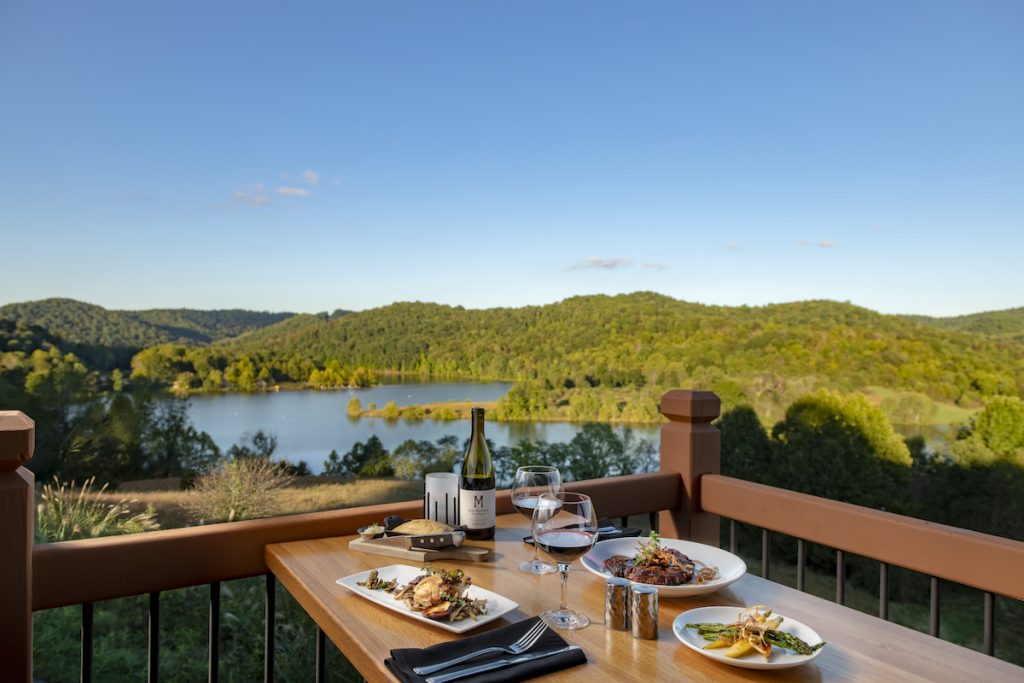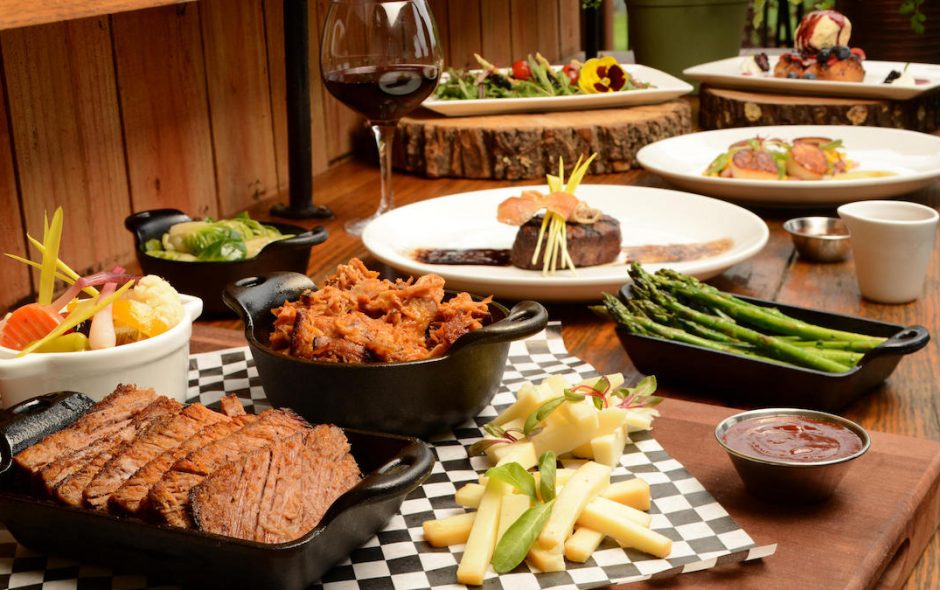Here in West Virginia ‘eating local’ is old news. Our families are made up of long-time locavores. We’ve been resourcefully thriving off our land for centuries, way long before ‘farm-to-fork’ was cool!
So, when it comes to customizing your group meeting experience, you’ll definitely want to dive into what the locals have to offer by way of cuisine. Appalachian cuisine is considered an undiscovered gem of American regional cooking. Let’s explore West Virginia through our flavors, textures, and recipes, so you can plan an event your guests will not soon forget.
3 Hallmarks of Appalachian Cuisine
Here are three hallmarks of Appalachian cuisine to explore more when you plan your meeting in West Virginia:
1. Fantastic Forages & Hunts
West Virginians have an unabashed passion for our land. Not because of its epic landscapes of mountains, rolling foothills, and deep valleys. But, also for all the plants, herbs and vegetables that crop up from its soil and grow on its bushes and trees.
Food enthusiasts know that Appalachia is deemed the most biodiverse foodshed in North America. This makes it ripe for foraging – a tradition still carried on today. At our roadside markets and on our menus, you’ll find many of the foraged treasures gracing your plates: edible mushrooms, nuts, sumac, hickory bark, black walnuts, and branch lettuce.

The area’s most commonly foraged edible? Wild leeks (AKA ‘ramps’) that pepper north-facing slopes in the spring.
Similarly, locals still hunt for food. Chefs throughout the region creatively craft dishes showcasing venison, quail, trout, duck, and rabbit.
Try these dishes to taste the culture of the region:
Local Mushroom Campanelle
House-made Pomodoro, local mushrooms, fresh herbs, and pecorino romano
Blue Crab Stuffed Grilled Sea Scallops
Citrus crème fraiche, onion chips, bamboo rice, broccolini, and brown butter
Whole Roasted Appalachian Rainbow Trout (gluten-free)
Fresh Herbs / Lemon Compound Butter / Wild Leeks
Tea Smoked Duck Breast (gluten-free)
Caramelized Pears / Appalachian Tomato Jam / Citrus Foam

2. High-Altitude Traditions
What distinguishes Appalachian cuisine from other Southern cooking is our altitude, topography and climate. While wildly beautiful, our snowy winters limit the growing season. So, locals treat food preservations as an art. After the foraging, comes the smoking, canning, pickling. We know how to make flavors last!
Expect tasty dishes and accouterments like sour corn, shuck beans, dried apples for stack cakes and fried pies, sock sausage, country ham, smoked bacon, and pickled beans.
3. Natural Flavors, Minimal Seasoning
Appalachian food is often described as cuisine that’s honest and true. True regional cooks allow the food to shine through. Forget piling on seasonings to morph different flavors. Here, we keep cooking simple. We don’t overcomplicate it and instead do as little with our food as possible to allow pure flavors to emerge.
Through modern Appalachian cuisine, your meeting guests will discover culinary traditions, how we lived, how we preserved flavors, and how we still celebrate the bounty of our mountains and valleys today. Here, we pair regional sourced ingredients and recipes with gorgeous lakeside views at Lightburn’s and Stillwaters. Head to Stonewall Resort, grab a fork and savor every moment.





